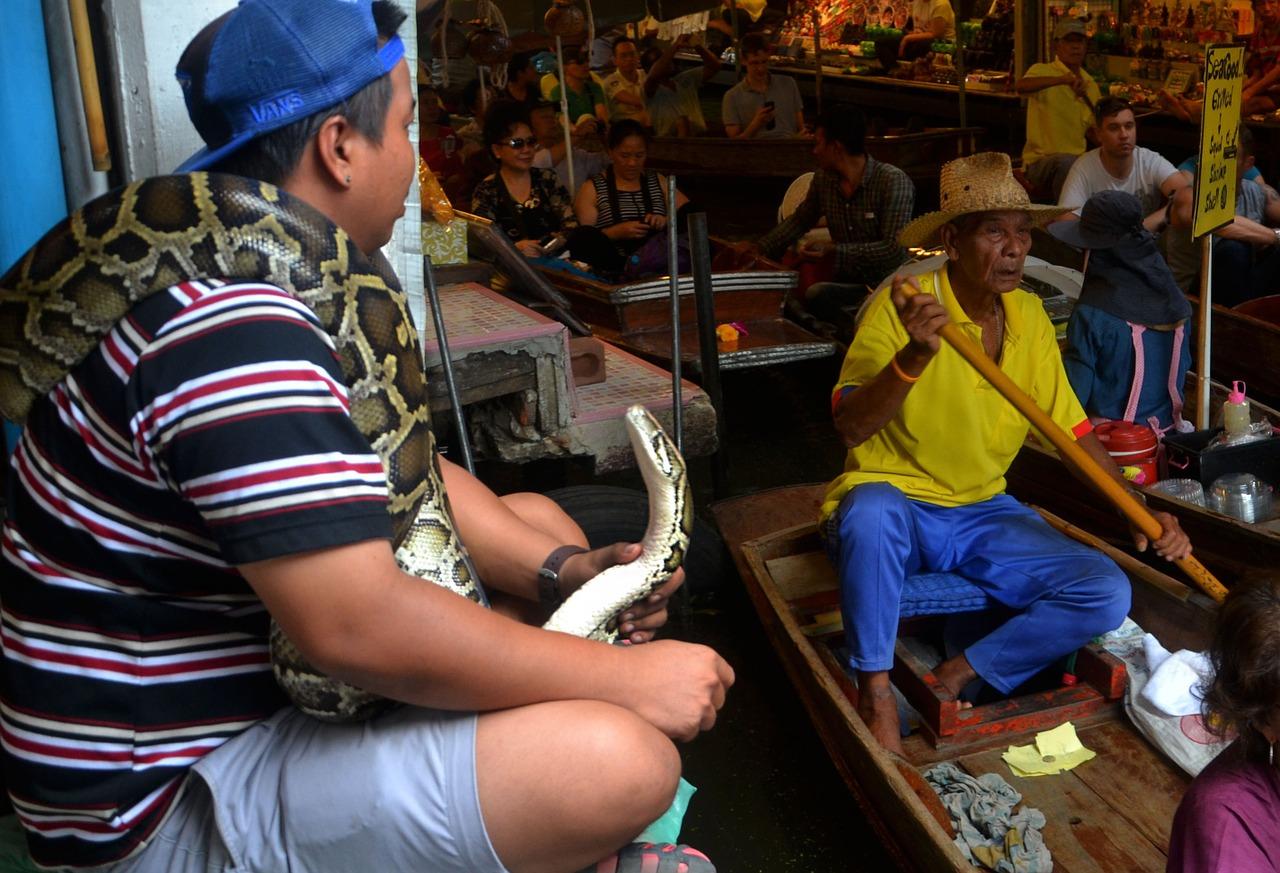From the beginning of the outbreak of the new coronavirus in Wuhan, a finger was pointed at a wildlife market in Wuhan. A plausible scenario is that Covid-19 originates from bats and has been transmitted to humans via an ‘intermediate animal’. And from then on: from human to human. But according to scientists, we will never know if that scenario is correct.
Covid-19 has killed more than 80,000 people worldwide, and it would all have started in the Huanan market, where live wildlife is offered. Someone contracted the new coronavirus, undoubtedly from an animal. The origin of troublesome infections has often been traced back to bats. In this case, the Covid-19 virus would have first spread from a bat to a pangolin and, thus, to humans. Pangolins are very popular in Asia for their scales and meat. The scales are said to have a healing effect.
But it is far from certain that it went like this. Scientists are diligently looking for the origin of the coronavirus because that can be important to thwart another pandemic. In general, researchers agree that bats are at the root of the spread of Covid-19, but the certainty ends there. For example, it is not at all sure that the virus has turned up due to human-animal interaction in the market in Wuhan, says Professor Stephen Turner of Monash University in Melbourne. “We need to understand the breadth of species that the virus can infect to identify where it may come from,” he says.
The theory that the pangolins served as an intermediary is motivated by the origin of the related SARS virus that broke out in 2002. That jumped from a bat (a horseshoe nose) to a civet and then to humans. The pangolins were not on the list of traded animal species on the so-called wet market in Wuhan, but that may also have to do with the fact that the trade-in pangolins are illegal. For Turner, it is not guaranteed that pangolins contracted the virus first.
Pangolins as an intermediary?
It is also “still uncertain” for Professor Edward Holmes of the University of Sydney, which species functioned as an intermediate station. Holmes studied the genome of the virus. According to a study based on statistics, pangolins are eligible, but so are cats, buffaloes, cattle, goats, sheep, and pigeons. Another study excludes pangolins as an intermediary because samples of similar viruses taken from pangolins lacked a chain of amino acids that do show up in the virus that is now circulating in humans.
According to the study Holmes participated in, there is another option. In particular, a descendant of the virus has spread to humans and has subsequently adapted. Those adjustments would have allowed a sufficient number of infections and led to the current pandemic.
First patient no direct contact with the market
The renowned trade journal ‘The Lancet’ examined the first 41 Covid-19 patients in China. It turned out that 27 of them were directly exposed to the wild animal market in Wuhan, but the first known case was not. This also raises questions about the currently most common theory. Still, it seems “less likely” that the Huanan market would have nothing to do with it, as the virus’s genetic material was found everywhere in the area. So says professor Stanley Perlman, an immunologist at the University of Iowa and expert on previous similar outbreaks. SARS, among others, also had markets where live animals were traded.
Michelle Baker, an immunologist at CSIRO who studies viruses in bats, tells The Guardian that “we really don’t know how true the origin of the virus is.” At the very least, she sees a connection to the Huanan market. “People who came there got infected.” What she says is “very likely” is that the Covid-19 virus comes from bats. “It is a plausible scenario, but we will never know. The market was completely cleaned immediately. We can only speculate.”
“We are referring to those wet markets because species do indeed come into contact with each other,” said Baker in The Guardian. She now sees an opportunity to expose its danger and act against it.
